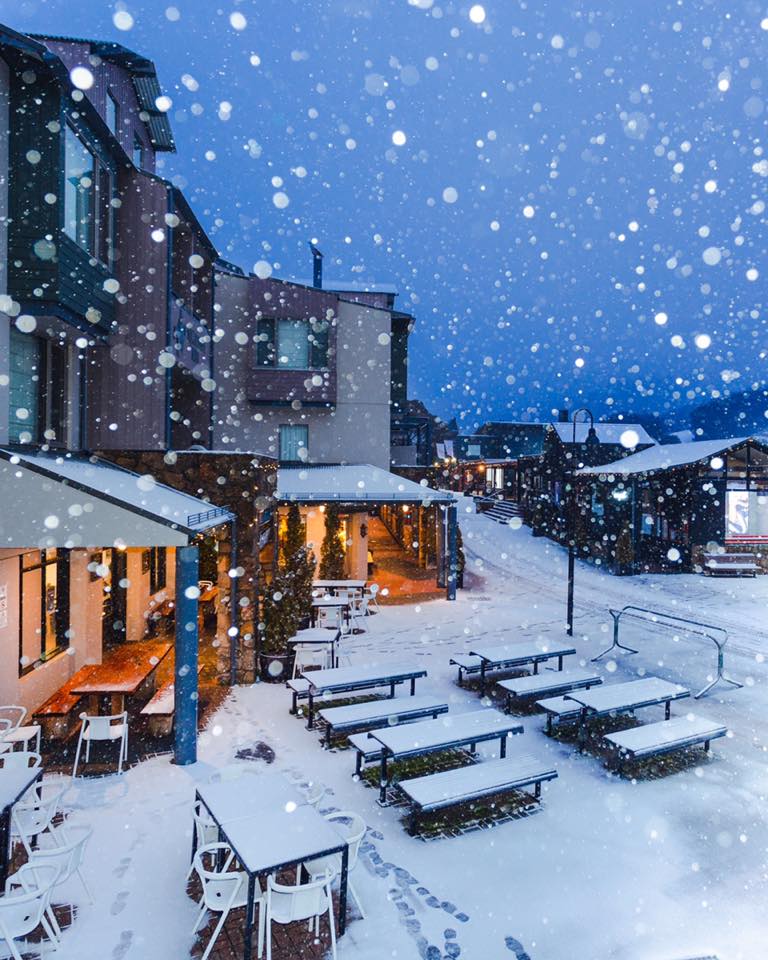Discover the Top Places to Experience Snow In Australia for a Magical Winter Getaway
Discover the Top Places to Experience Snow In Australia for a Magical Winter Getaway
Blog Article
Discover the Remarkable Impacts of Snow in Australia on Local Environments
Regardless of its online reputation for sun-soaked landscapes, Australia likewise flaunts regions buried by snow-- a sensation that exceptionally affects the country's special ecosystems. The shielding residential properties of snowflakes safeguard vegetation and fauna amidst the coldest winters months, while the melting snow supports rivers and water life. However, the real marvel depend on how these wintry conditions shape the nation's biodiversity and nutrient cycles. As we untangle this detailed relationship, we find ourselves treading on uncharted grounds in Australia's high country.
The Unanticipated Regions of Snowfall in Australia
The high nation areas of New South Wales, Victoria, and Tasmania are especially known for their winter snow. The Snowy Mountains in NSW, for instance, obtain plentiful seasonal snow, supplying a raw contrast to the nation's typical warm, dry environment. The existence of snow in these areas significantly influences neighborhood communities, consequently influencing the country's one-of-a-kind biodiversity.

Just How Snow Impacts Australia's One-of-a-kind Plants
While it may seem unusual, snowfall in Australia plays a crucial role fit the nation's special plants. The snow-filled wintertimes foster resilience in Australian plant types. This is specifically noticeable in the towering and sub-alpine regions, where snow gums and mountain plum-pines prosper. These plants have actually progressed to endure in severe conditions, with snow acting as a safety covering from freezing temperature levels and rough winds. The snow likewise adds to the wetness material of the soil, providing essential hydration for plant throughout the dry summertime months. Basically, the snow influences the timing of blooming and seed dispersal, the growth rates, and the survival of several plant types, showcasing the complex interaction between climate and vegetation in Australia.

The Adjustments of Australian Animal to Snowfall
Simply as Australia's vegetation has adjusted to the wintery conditions, the neighborhood fauna as well, display remarkable adaptations to the snowfall. Species like the Hill Pygmy-possum, the only Australian marsupial known to hibernate, have developed methods to make it through in snowy environments. It uses the snow as insulation, hibernating in rock crevices beneath the snow to stay cozy. The Snow Skink, a types of reptile, changes its colour to white throughout wintertime, giving camouflage against killers. Birds such as the Snowy Hills' Crimson Rosella likewise change their diets to eat readily available food sources during chillier durations. Hence, despite the severe problems, Australian fauna demonstrates a adaptive and resilient nature, ensuring their survival in areas experiencing snowfall.
The Function of Snow in Forming Neighborhood Ecological Communities
In forming the local communities, the function of snow in Australia is both multilayered and profound. Snow gives a vital water resource, feeding rivers and tanks as it thaws, hence sustaining a variety of aquatic life types. The visibility of snow shapes the plant life patterns, animal actions, and total sustainability of Australia's unique environments.

The Future of Snowfall in Australia: Predictions and Effects

Provided the vital function snow plays fit regional ecological i loved this communities, the view it future of snowfall in Australia is drawing raising interest from environmentalists and researchers. Current environment versions anticipate a significant decline in snowfall because of international warming, with potentially profound influence on local environments. Less snow can result in reduced water accessibility in alpine areas, negatively impacting wildlife environments and plant life. It could change the timing of seasonal changes, interfering with the life cycles of several indigenous varieties. The tourist market, greatly reliant on the winter months snow season, might also deal with substantial challenges. Therefore, understanding these predictions and More about the author their implications is essential to create reliable preservation strategies, making sure the conservation of Australia's unique biodiversity and the sustainability of its economic situation.
Final Thought
The duty of snow in Australia's ecological communities is pivotal yet commonly ignored. Hence, the snow in Australia is extra than a natural spectacle; it's a crucial player in the nation's environmental narrative.
Despite its online reputation for sun-soaked landscapes, Australia additionally boasts regions blanketed by snow-- a sensation that exceptionally influences the country's unique ecological communities. It uses the snow as insulation, hibernating in rock holes under the snow to stay cozy - Does Australia Get Snow.In forming the neighborhood communities, the role of snow in Australia is both extensive and multilayered. The presence of snow shapes the vegetation patterns, animal behavior, and total sustainability of Australia's special environments
Given the crucial function snow plays in shaping neighborhood environments, the future of snowfall in Australia is attracting enhancing focus from scientists and conservationists.
Report this page